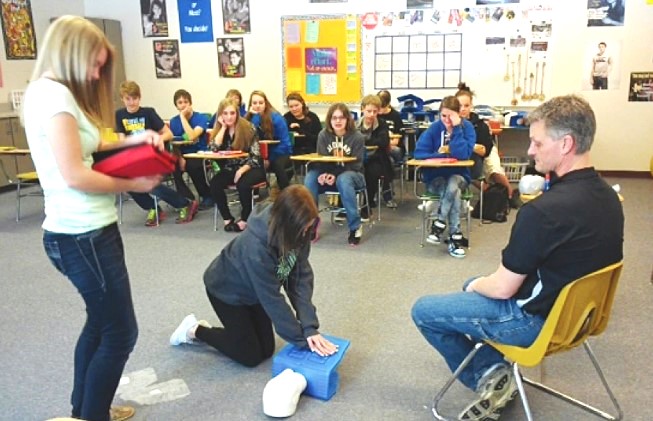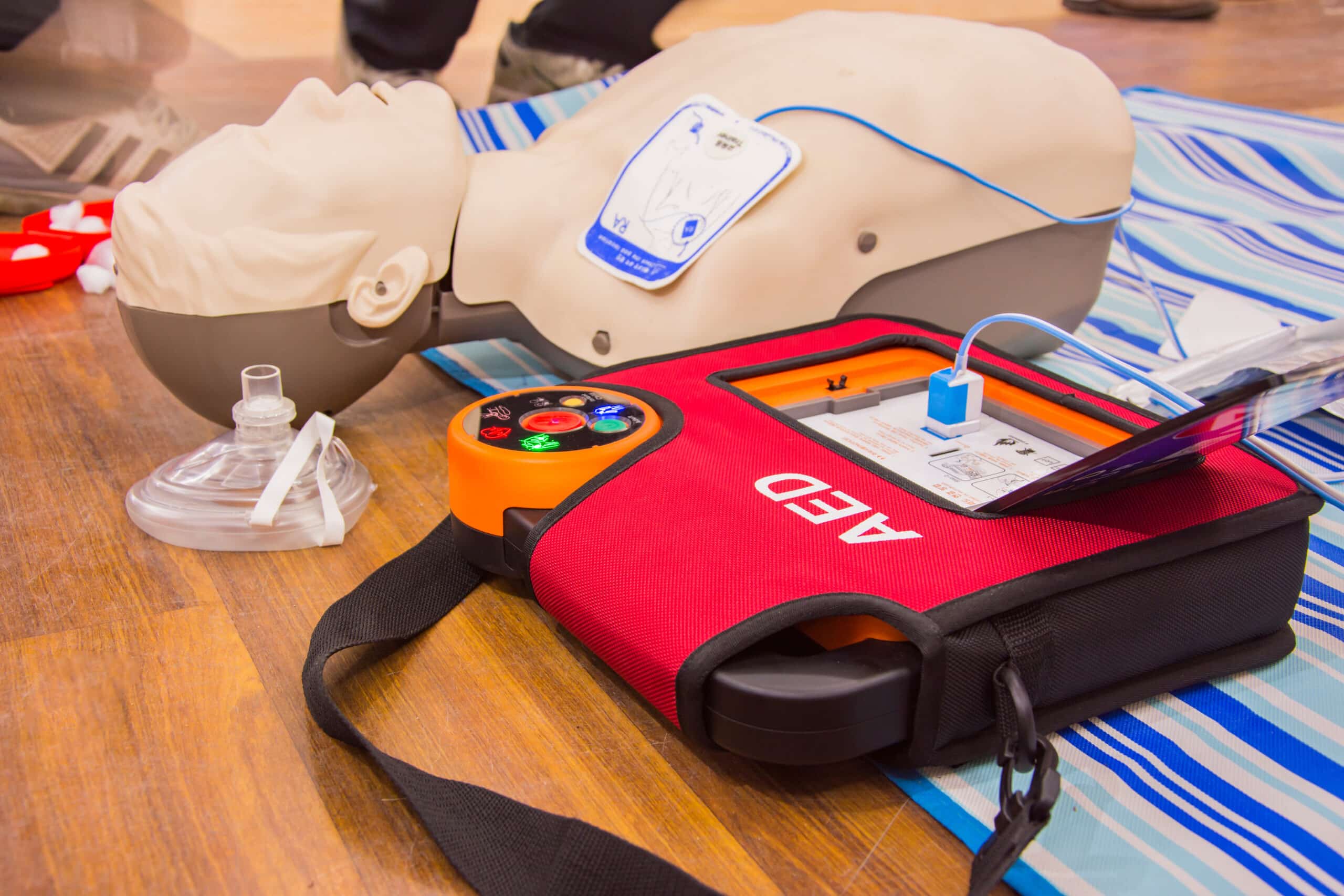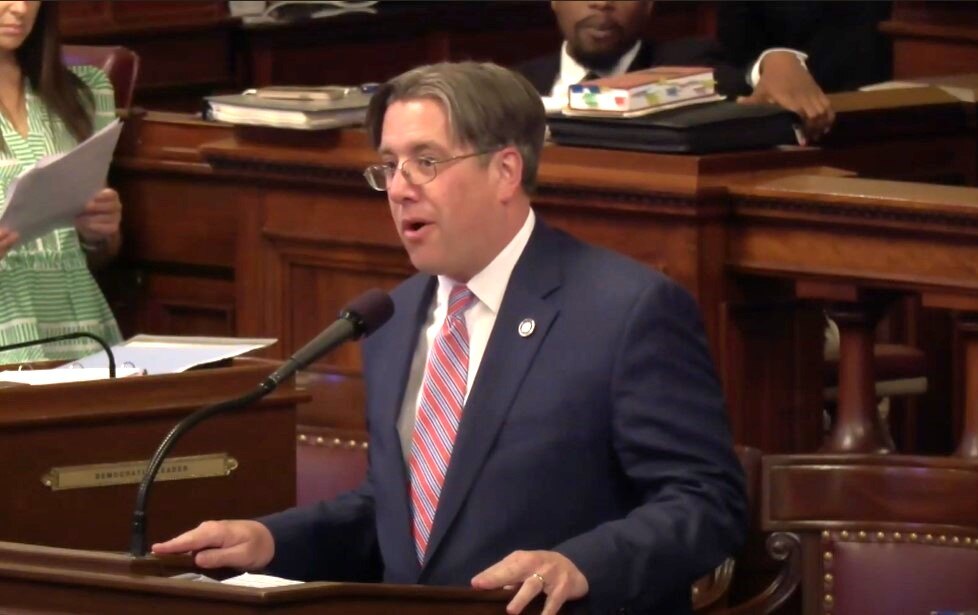Critical Role of AEDs in School Emergency Plans - Is Enough Being Done?
 In Lafayette, Indiana, the critical role of Automated External Defibrillators (AEDs) in schools has been underscored by two life-saving incidents involving individuals experiencing cardiac arrest.
In Lafayette, Indiana, the critical role of Automated External Defibrillators (AEDs) in schools has been underscored by two life-saving incidents involving individuals experiencing cardiac arrest.
Both events, one at Jefferson High School in 2006 and another at Tecumseh Junior High a decade later, highlighted how the Lafayette School Corporation's preparedness significantly contributed to survival outcomes.
Jefferson High School, for example, boasts 25 AEDs across its campus, emphasizing the importance of immediate access to such devices in emergency situations. Jeff Clevenger, the Athletic Trainer at Jefferson High School, stressed the value of readiness:
Jeff Clevenger, the Athletic Trainer at Jefferson High School, stressed the value of readiness:
"I would not want to be in a situation where somebody went down and you didn't have an opportunity to save a life."
This sentiment echoes the broader necessity for schools to be equipped with AEDs and have a solid emergency action plan in place.
The significance of prompt action is clear: survival chances increase substantially with quick CPR and AED access, with guidelines suggesting a device should be reachable within three minutes to ensure effective intervention.
However, a report by Side Effects Public Media reveals that many Indiana schools fall short of this vital preparedness. Only 54% of schools in the state reported having adequate AEDs, indicating a gap in safety measures that could potentially cost lives.
The disparity in AED availability raises concerns about the readiness of educational institutions to handle sudden cardiac arrests, which are fatal nine out of ten times in children.
Experts argue for a comprehensive approach that includes having multiple AEDs on school premises, ensuring they are easily accessible, and implementing emergency action plans that involve the entire school staff.
Jon Drezner, director of the University of Washington’s Medicine Center for Sports Cardiology, highlighted the drastic improvement in survival rates when schools are properly equipped and trained:
"Survival rates can be as high as 85% for students" under such conditions.
The story also touches on the challenges schools face in implementing these measures, including financial constraints, liability concerns, and maintenance issues.
Yet, the urgency for action is palpable, especially considering the higher rates of cardiac arrest among Black children and the overall importance of safeguarding student health.
The narrative of schools like Jefferson High School serves as a compelling call to action for educational institutions across the country to prioritize the health and safety of their students through proper AED availability and emergency preparedness.
Get the full story here!
![HR Logo [Recovered]_Full Color Vertical-1](https://blog.healthyroster.com/hs-fs/hubfs/HR%20Logo%20%5BRecovered%5D_Full%20Color%20Vertical-1.png?width=199&height=178&name=HR%20Logo%20%5BRecovered%5D_Full%20Color%20Vertical-1.png)
 By
By


